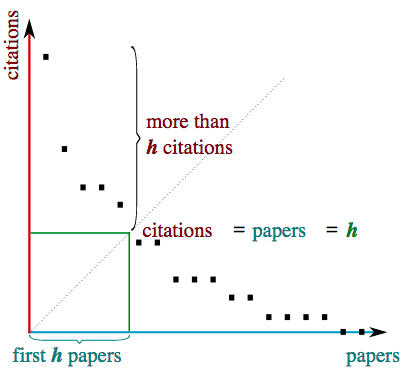Publications
Help the community by adding a model related publication reference to this wiki! This to serve other people who are searching for specific model related references. Once references are added, CSDMS will establish citation indices per model.
Citations
How do model related citation indices work? Once you entered a publication, CSDMS will assign an unique code to it, such that the publication gets assigned to the correct number of citations per publication as given by Google scholar (https://scholar.google.com). CSDMS is offering this service since August 2015. Several times a year, the number of citations will be updated. The last update was May 3rd, 2016. Sometimes you won't find the number of citations next to the publication. This is as some publications couldn’t be found in google scholar, or the publications are so recent that no citations are provided yet. Please, let us know (CSMDSweb@colorado.edu) if you think we made a mistake by assigning a wrong number of citations to a certain publication or if you can help locating a paper in google scholar for us.
As you might notice, the number of citations is actual a link. It will bring you to a list of publications on the google scholar page that has cited the specific publication.
Citation indices
CSDMS is the first to provide citation indices for each individual model. These indices are estimated similar like citation indices that are around for authors. The model citation indices are based on two classes of publications: a module overview publication, describing a module and a module application description where a model is applied to a study. So publications describing module related theory are not part of these estimations. Indices will be updated every 24hours. The following indices are estimated:
- Citations
- h-index
The citations indicate the total citations a model has received. The h-index is named after the physicist Jorge Hirsch and is also called the Hirsch number. The h-index as implemented at CSDMS reflects the use (or penetration of a model within a community) and its impact (how often a publication about the model is cited). More information about the h-index can be found at: https://en.wikipedia.org/wiki/H-index.
Get started
Get started today and establish a H-index for your model by adding a publication below. Your entry will show on the by you selected specific model page as well, so people will get a nice overview of all the publications written about a specific model, see for example the references for HydroTrend. Let CSDMS know if you have a question: CSDMSweb@colorado.edu

